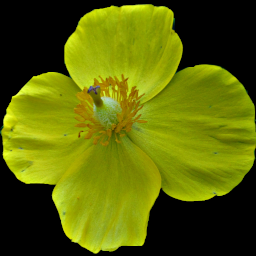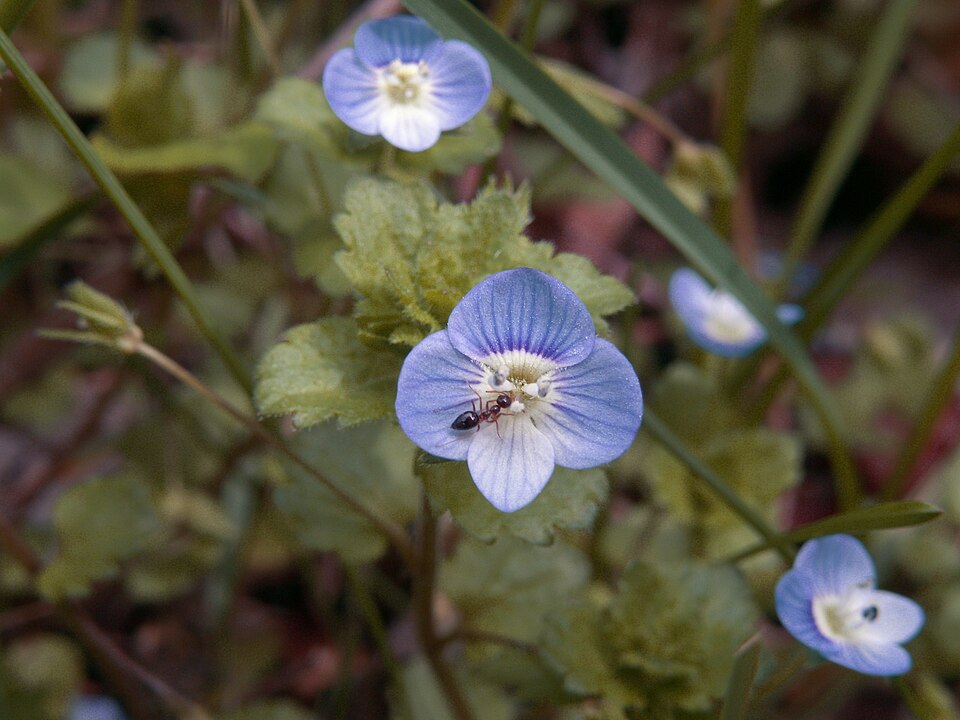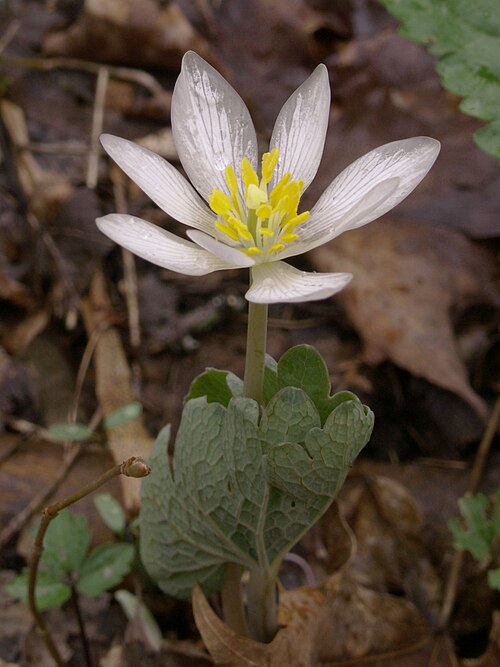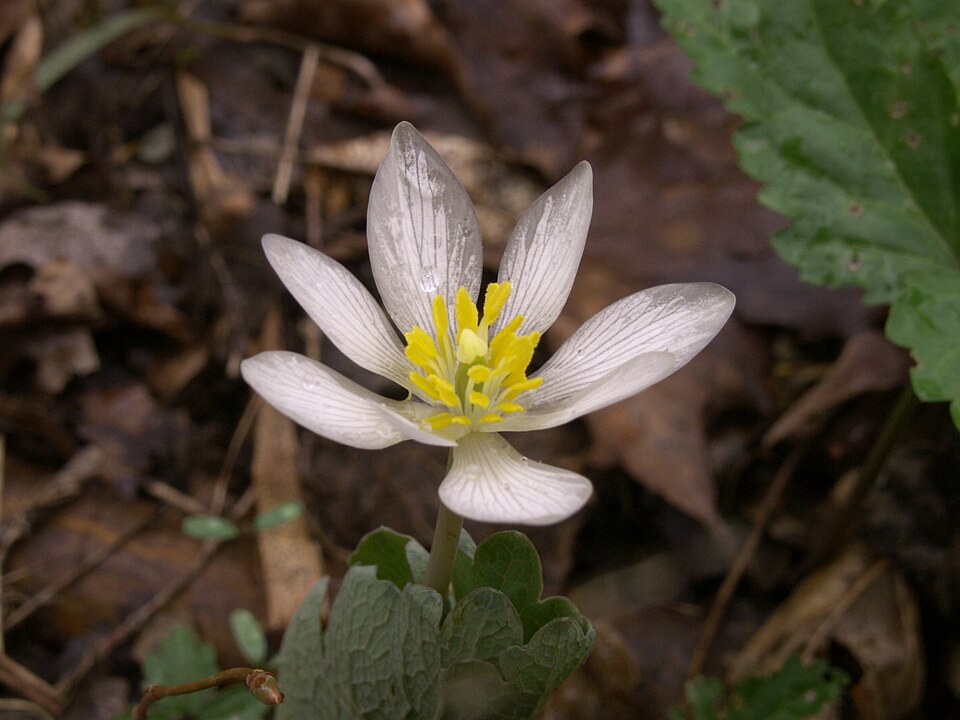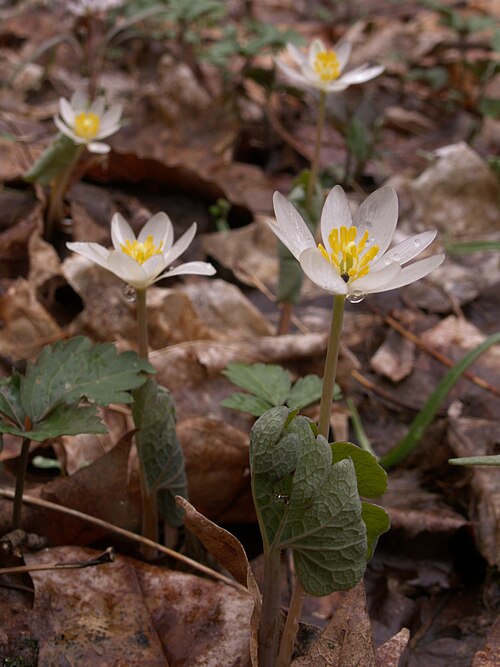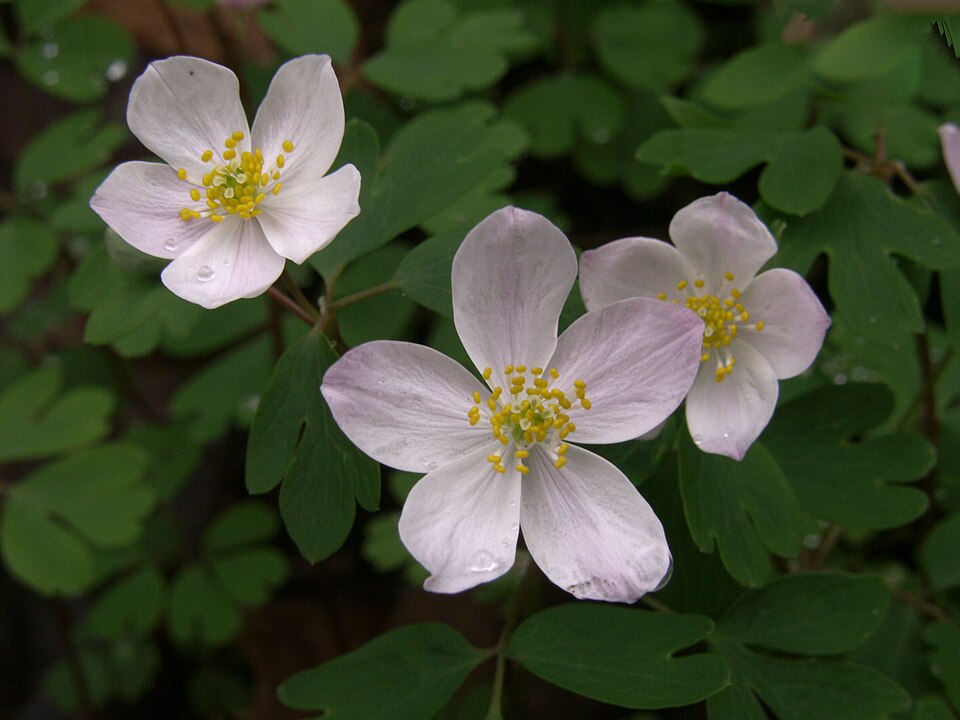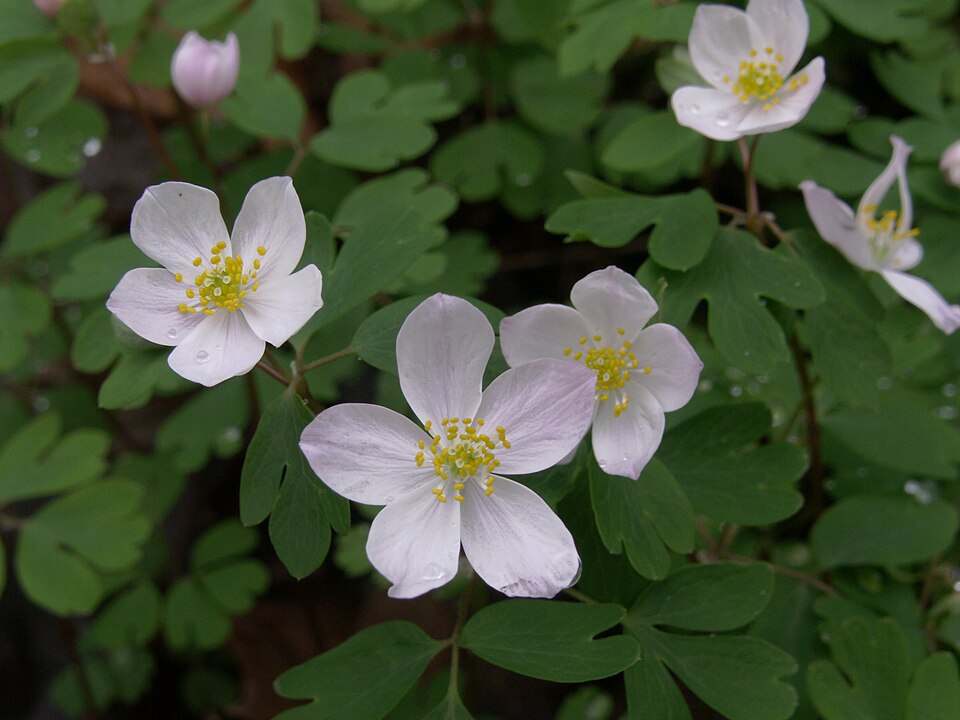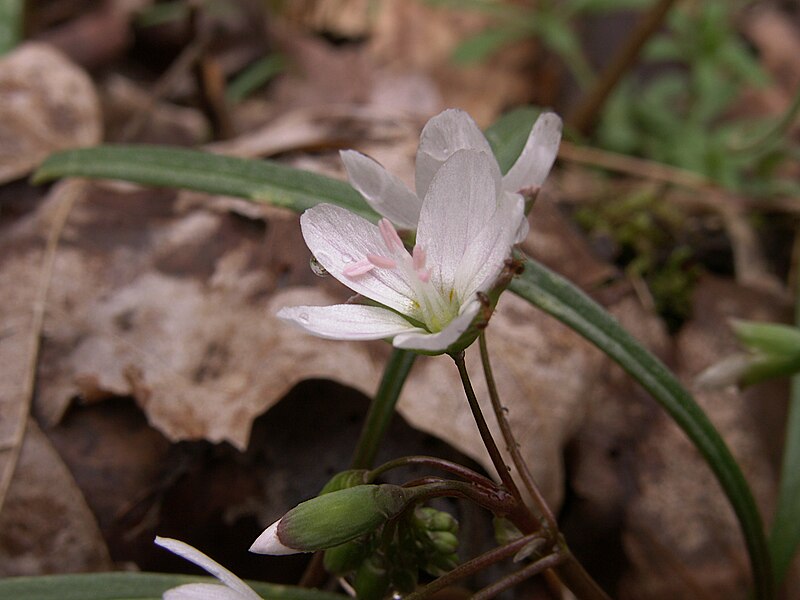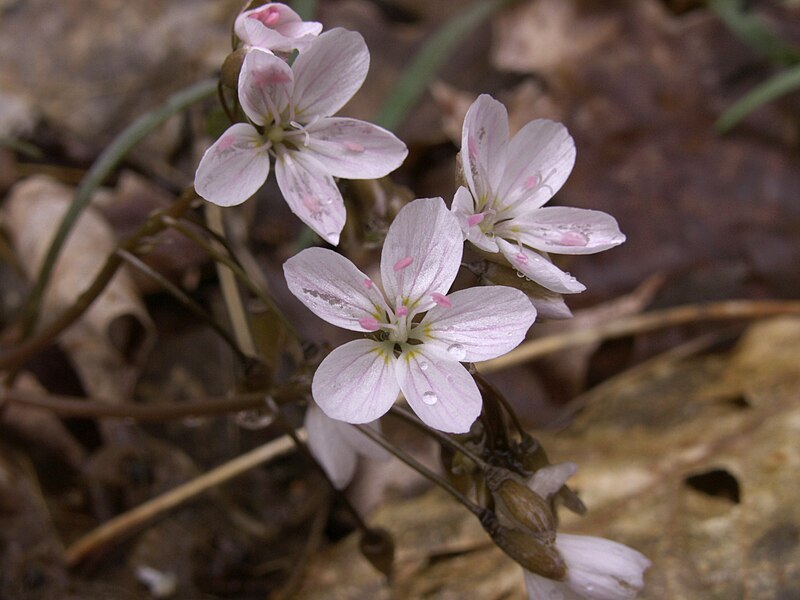
Also known as Purple Dead-Nettle, on account of a fancied resemblance of the stingless leaves to the leaves of stinging nettles. This little member of the mint family can bloom in literally any month of the year in Pittsburgh, but it puts on its best show in the early spring, when the pretty pink flowers are accented by the purple new leaves at the top of the stalk. The plants can grow almost anywhere; these were growing out of a sidewalk crack in Beechview.
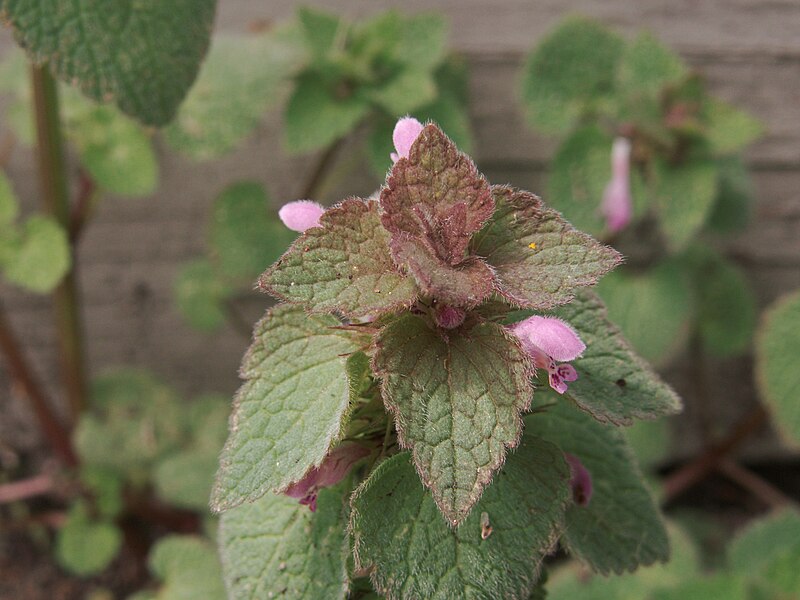
For a detailed description, see the Lamium purpureum reference page.
